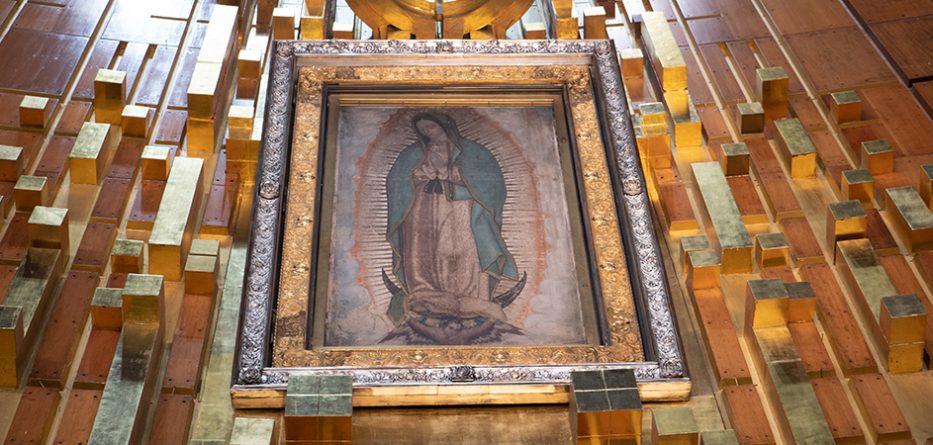Many readers may more readily recognize her European counterparts, Lourdes and Fatima, but she appeared almost 500 years ago in what is now Mexico. She is known by many names: Nuestra Señora de Guadalupe, La Virgen de Guadalupe, Empress of the Americas, Our Lady of Tepeyac and, most commonly in the United States, Our Lady of Guadalupe.
She is the brown-skinned virgin mother who evangelized millions, especially in Latin America and the United States. In her revered image, she stands in front of the sun and atop a crescent moon, wearing a star-covered robe, a band around her stomach revealing that she is about to give birth. As Christmas delivers its message that Christ is born, her consoling message remains: God has not forgotten you.
Her apparition story has been told as one of salvation for the Indigenous peoples of the Americas, their descendants and a suffering world. Catholics, non-Catholics and even non-believers have found comfort in her, even when she is not on an altar or a church but emblazoned on a pair of dangling earrings or on a muscular forearm.
Her story may not be well-known in places without Mexican-American communities, but to so many, her utterances to Juan Diego are retold as history. Those words only begin to examine her complex role and what a faithful man like Juan Diego might have seen in his lifetime—as people were dying at the hands of Spanish conquistadors or suffered slower deaths to diseases introduced by the Spanish.
To continue reading this article, click here.
Elaine Ayala is a journalist based in San Antonio, Texas.
With thanks to America Magazine and Elaine Ayala, where this article originally appeared.








